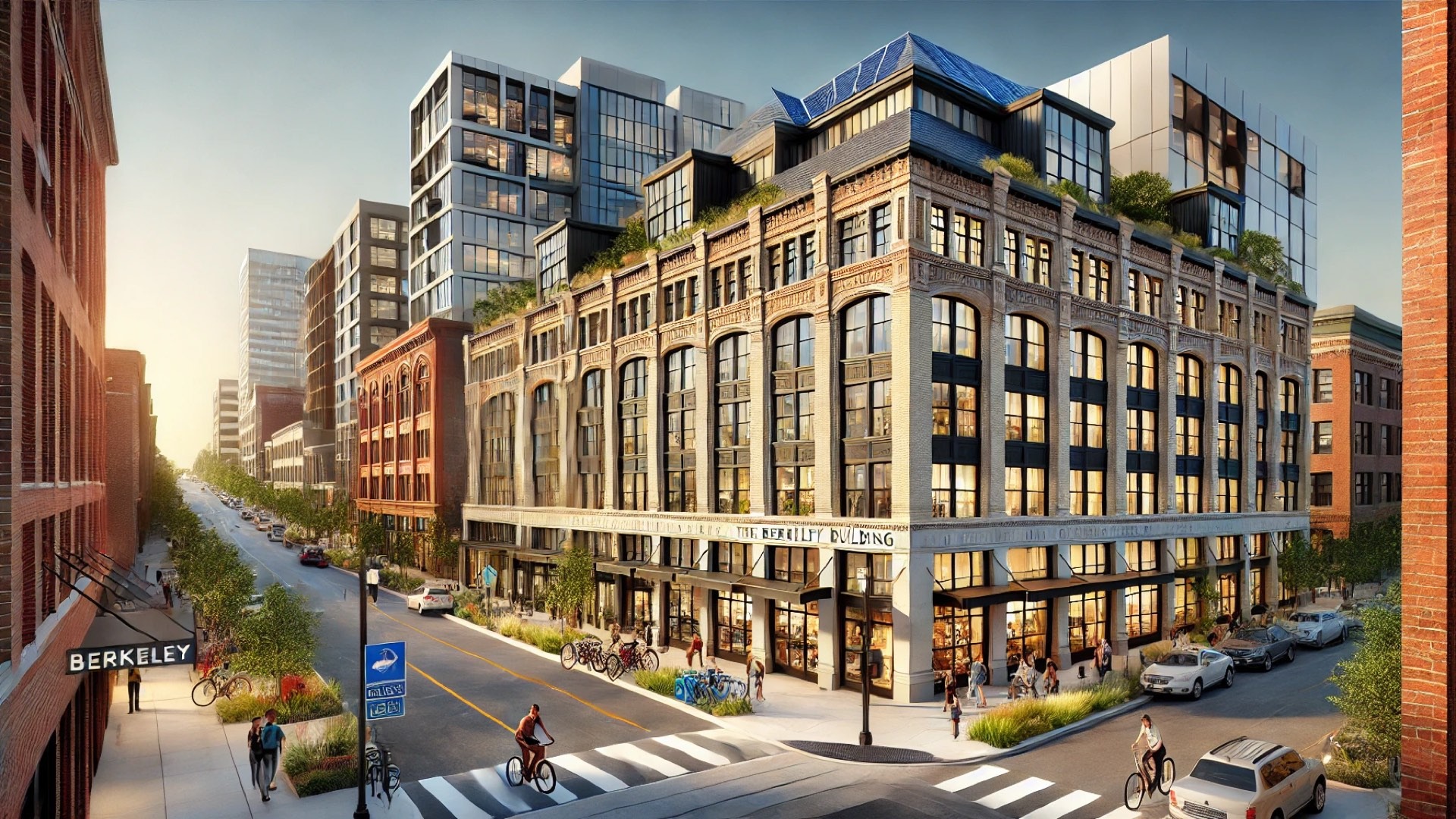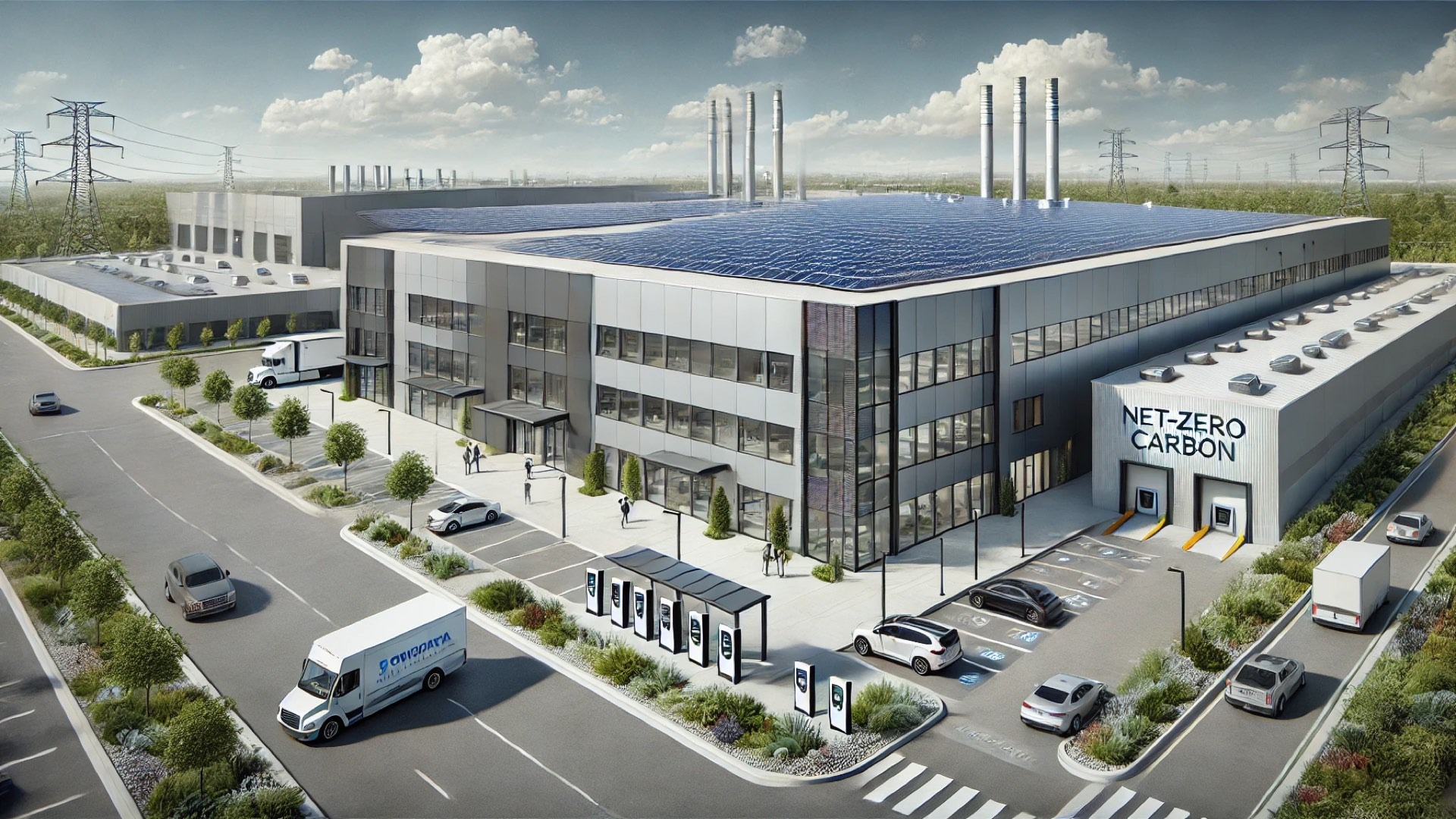
Transforming Space: The Need for Student Housing
As urban centers grow, the demand for student housing rises significantly. The reinvention of the Berkeley Building into new student housing is an example of how communities can adapt aging infrastructure to meet current needs. With an increasing number of students seeking affordable and convenient living options near educational institutions, revising existing structures presents an opportunity, both for enhancing student life and for improving property value.
Historical Context: The Berkeley Building's Legacy
The Berkeley Building, steeped in history, was originally constructed as a commercial space. Over decades, it served various purposes, witnessing the evolution of its surrounding community. Now, its transformation into student housing not only preserves its historical significance but also adapts it for modern use, showcasing a blend of respect for the past with a vision for the future. This adaptive reuse is particularly poignant in a city with such a rich architectural legacy, where every building tells a story.
Architectural Trends in Student Housing
Today’s architectural trends focus on creating spaces that foster community while ensuring practical functionality. The design of student housing now incorporates communal areas, study zones, and private living spaces that cater to diverse needs. These features enhance not only the living experience but also the potential ROI for property developers. As seen in the recent reinvestment into the Berkeley Building, a combination of aesthetics and functionality is critical. Such designs often lead to higher property values, appealing to both investors and students alike.
Environmental and Economic Benefits
Repurposing buildings like the Berkeley Building aligns with broader environmental goals of sustainability and resource efficiency. By revitalizing existing structures, the carbon footprint associated with new construction is significantly reduced. Furthermore, this approach can lead to significant economic benefits: updated buildings can attract students who are increasingly eco-conscious and seeking greener lifestyle choices.
Challenges and Considerations in Renovation
While the reinvention of the Berkeley Building holds promise, it is not without challenges. The complexities involving modern building codes and the preservation of structural integrity can be daunting. Moreover, securing funding for such renovations often requires detailed projections of long-term ROI to persuade stakeholders. Knowledgeable developers understand that successful renovations must take into account not only the current market trends but also possible future shifts in student demographics.
Working in this domain, the insights gained from ROI analyses can empower decision-makers to justify these renovations as necessary investments rather than mere expenses.
Future Predictions: The Path Forward for Student Housing
Looking ahead, the dynamic landscape of student needs suggests that housing will continue to evolve. Developers who stay ahead of architectural trends, prioritize sustainability, and focus on enhancing the student experience will likely succeed. Renovation projects like that of the Berkeley Building serve as blueprints for future developments, reinforcing the idea that with innovation, historical structures can continue to serve vital roles within their communities.
 Add Row
Add Row  Add
Add 




Write A Comment